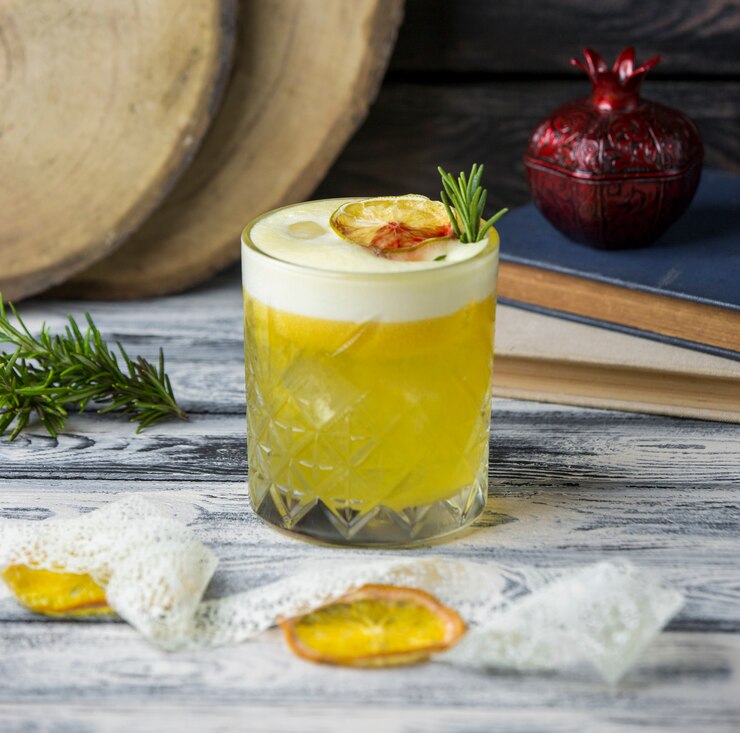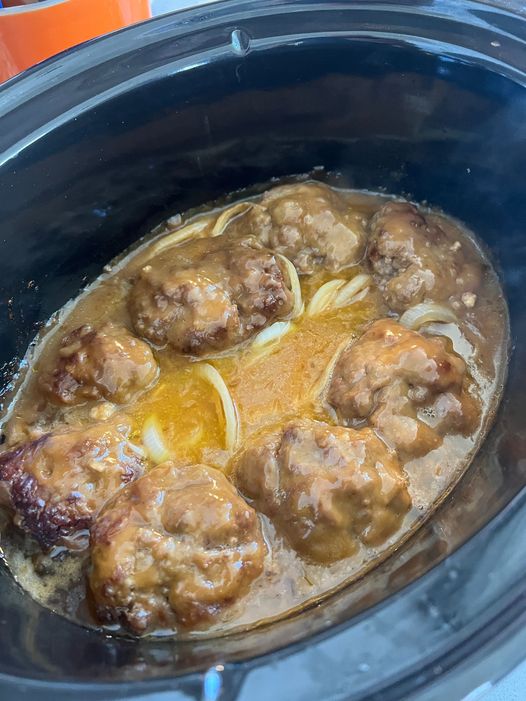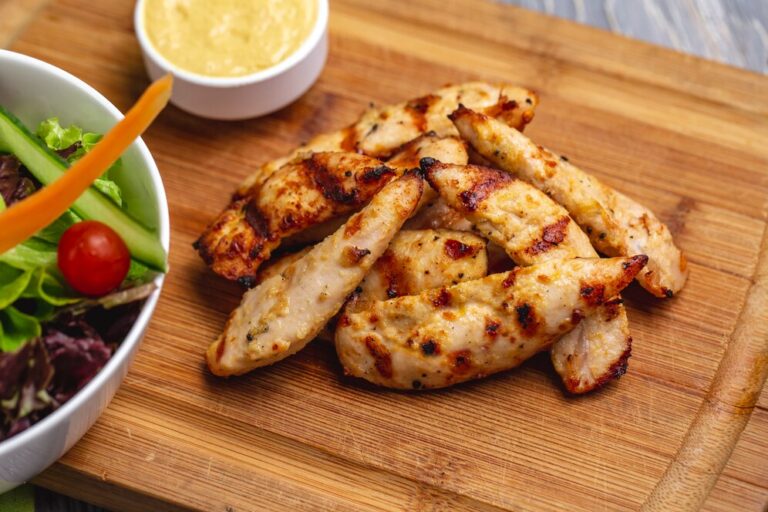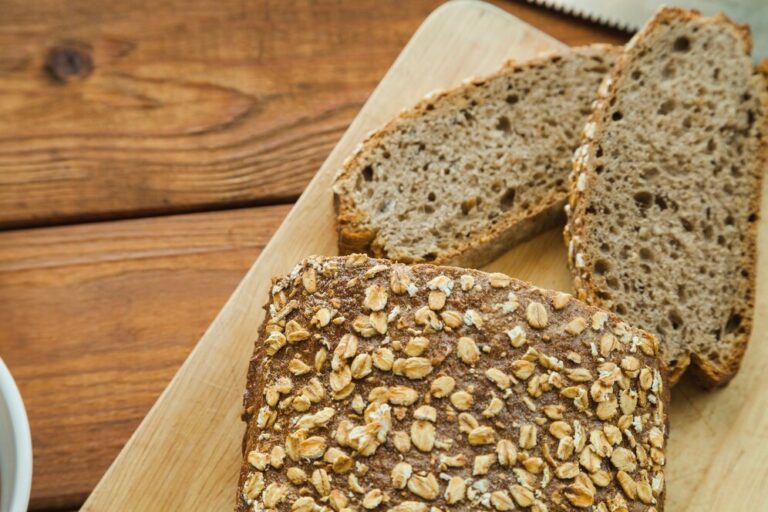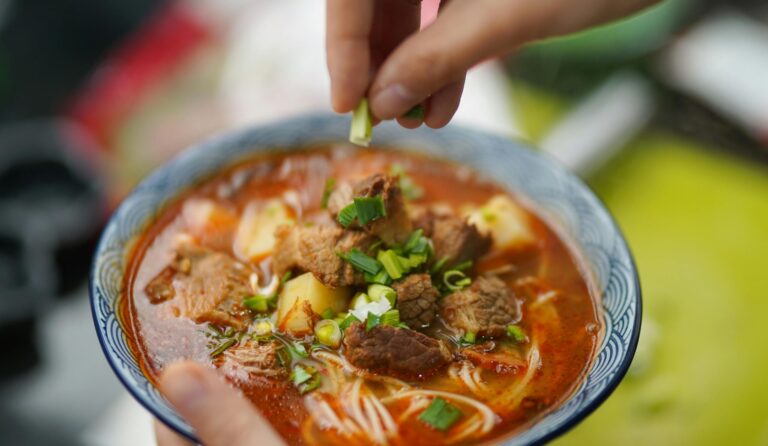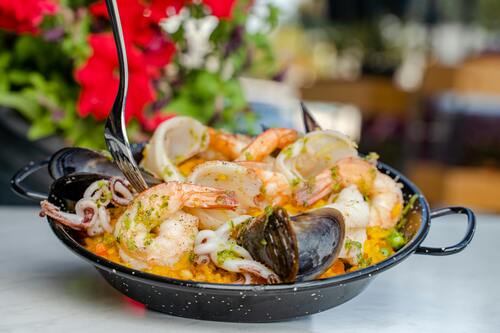What Are the Ingredients of Traditional Moroccan Cuisine?
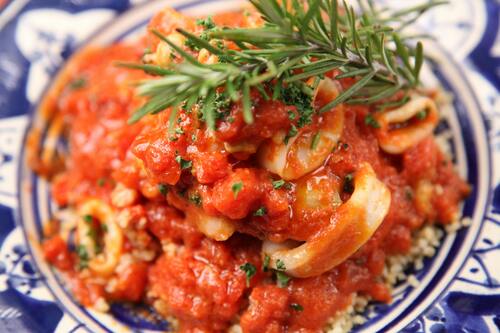
10 essential ingredients that characterize traditional Moroccan cooking will be discussed in this article, along with their histories, applications, and importance in Moroccan cuisine. One can better appreciate the intricacies and flavors of Moroccan cuisine by being aware of these elements.
Spices: The Essential Component of Moroccan Taste
The main ingredient in traditional Moroccan cooking is spices, which give food its rich flavors and fragrances. Commonly used spices include cumin, coriander, cinnamon, ginger, and saffron, which are frequently used to make unusual concoctions like ras el hanout, which means “head of the shop.” Up to 30 different spices, each with a unique flavor profile, can be used in this combination. In addition to improving food flavor, spices also represent Morocco’s long history of trade and cross-cultural interactions. Moroccan food is intricate and incredibly fulfilling due to the meticulous selection and blending of spices, which are regarded as an art form. Spices are more than just ingredients in Moroccan cookery; they are an essential part of each dish’s character and provide a mouthwatering sensory experience.
Olive Oil: Gold in Liquid

A staple of Moroccan cooking, olive oil is frequently referred to as “liquid gold.” It can be used for cooking, drizzling over finished meals, and dressing salads. The Mediterranean climate of the nation creates the perfect environment for growing olives, producing premium oils that are full of taste and health advantages. Olive oil is frequently used in traditional Moroccan homes to marinade meats, sauté vegetables, and make tagines. In Moroccan culture, olive oil represents kindness and hospitality in addition to its culinary applications. Dishes made with premium olive oil are typically served to guests, demonstrating the host’s concern and care. Because of its many uses, olive oil is a necessary component in Moroccan cookery and adds to the overall depth of the food.
The Staple Grain: Couscous
A mainstay of Moroccan cooking, couscous is frequently used as the foundation for a wide range of recipes. Couscous, which is made from semolina wheat, is steamed to provide a fluffy texture that goes well with meats, vegetables, and stews. Couscous is traditionally made in a special pot called a couscoussier, which circulates steam to ensure consistent cooking. In addition to being a source of carbs, this adaptable grain absorbs the flavors of the sauces and spices it is served with. In Moroccan culture, couscous is a symbol of hospitality and plenty since it is frequently used in festive recipes like Couscous Royal, which combines a range of meats and vegetables. Its importance in Moroccan cuisine emphasizes how it serves as a unifying factor in the culture.
A Vibrant Palette of Fresh Vegetables
Moroccan food would not be the same without fresh vegetables, which provide meals color, texture, and nutrients. Carrots, zucchini, bell peppers, eggplants, tomatoes, and many more vegetables can be cultivated throughout the country due to its varied climate. Moroccan cuisine has a strong emphasis on seasonal eating, using the freshest produce possible in many of its recipes. In tagines, salads, and side dishes, vegetables are frequently used to highlight the region’s rich flavors. Zaalouk, a well-liked dish, combines roasted eggplant and tomatoes with spices and garlic to make a tasty and nutritious choice. In addition to improving the taste of Moroccan food, the focus on fresh vegetables symbolizes the importance of sustainability and the culture’s bond with the soil.
Legumes: Filling and Adaptable
In traditional Moroccan cooking, legumes—especially chickpeas and lentils—are essential because they are nutrient-dense and versatile. Chickpeas are frequently used in salads, stews, and as a main component in harira, a filling soup that is popular during Ramadan. Similar to this, lentils are used in a variety of recipes as a source of fiber and protein. Moroccan cuisine is characterized by its inventive use of legumes, as evidenced by dishes like chickpea tagines and lentil salads that highlight the legumes’ versatility. In addition to their nutritional advantages, beans are frequently connected to group meals, which emphasizes the value of sharing and community in Moroccan culture. Their inclusion in numerous classic recipes highlights how Moroccan cuisine strikes a balance between flavor and health.
Meat: An Essential Component

A major component of many traditional Moroccan meals is meat, especially lamb, chicken, and cattle. Lamb, which is frequently used in recipes like tagine or mechoui (slow-roasted lamb), is particularly valued for its tenderness and rich flavor. Another popular food is chicken, which can be prepared in a variety of ways, such as tagines with olives and preserved lemons. Meats are the main ingredient in Moroccan cuisine because of the way that marinades and spices improve their flavor. Furthermore, cooking meat dishes frequently entails group activities that promote camaraderie, such sharing a tagine at the table. Moroccan cuisine’s emphasis on meat is a reflection of the nation’s agricultural past and the cultural value placed on hospitality in the sharing of substantial meals.
Fruits: The Sweetness of Nature

Fruits are vital to Moroccan cooking because they naturally sweeten and enhance the tastes of both savory and sweet foods. Oranges, pomegranates, figs, and dates are common fruits that are frequently used in salads, tagines, and desserts. Additionally, fresh fruit is offered as a cool way to finish meals, emphasizing the contrast between sweet and salty sensations. In recipes like tagine, dried fruits like apricots and raisins are commonly used because they provide a delicious sweetness that balances the savory components. In addition to enhancing the flavor profile, the use of fruits in Moroccan cooking highlights the nation’s agricultural richness. Using seasonal fruits celebrates Morocco’s natural abundance and fosters a sense of connection to the land.
Nuts: Flavor and Crunch

A key ingredient in Moroccan cooking, nuts give a wide range of foods texture, flavor, and richness. Pistachios, walnuts, and almonds are frequently utilized in both savory and sweet recipes. Almonds are frequently pounded into a paste and used as a garnish for tagines or as a base for desserts like m’hanncha (snake cake). Moroccan delicacies often contain walnuts and pistachios, which add to the unique flavors of desserts like baklava. In addition to improving the flavor and texture of food, the use of nuts in Moroccan hospitality symbolizes the importance of generosity and sharing in Moroccan culture. Moroccan cuisine honors the bounty of the land and the inventiveness of its chefs by introducing nuts into their dishes.
Herbs: Aroma and Freshness
Moroccan food relies heavily on fresh herbs, which give meals their rich flavors and fragrant characteristics. Mint, cilantro, and parsley are common herbs that each contribute differently to the overall flavor of food. In salads, stews, and sauces, cilantro and parsley are frequently added to give the flavors depth and freshness. In Moroccan tea culture, mint is especially common and is used to infuse sweetened green tea, signifying warmth and welcome. In addition to enhancing the culinary experience, the use of fresh herbs highlights the value of utilizing seasonal, local ingredients. Moroccans honor the tastes of their homeland and the creativity of their culinary traditions by using herbs in their cookery.
Preserved Foods: A Historical Taste
Moroccan cuisine relies heavily on preserved foods, like olives and preserved lemons, which give a variety of dishes depth and complexity. Fresh lemons are cured in salt to change their flavor and produce preserved lemons, which can be used in marinades, salads, and tagines. Olives are frequently served as appetizers or used to recipes like chicken tagine. They are frequently marinated or brined. Historically, societies have used ingredient preservation to maximize the use of seasonal produce and prolong its shelf life. In addition to enhancing the flavors of Moroccan cuisine, this culinary method is a tribute to the nation’s inventiveness and rich agricultural legacy.
In conclusion
Together, the components of traditional Moroccan cooking produce a rich and varied culinary environment that captures the history, culture, and agricultural abundance of the nation. Each component is essential to defining Moroccan cuisine, from the fresh fruits and vegetables that provide vitality to the fragrant spices that provide the foundation of flavor. The appreciation of seasonal produce, the importance of hospitality, and the social component of dining all contribute to the culinary experience. Knowing the main components of Moroccan cuisine enables foodies to appreciate the creativity and tradition that go into each dish as it continues to gain popularity around the world. Morocco’s flavors highlight the enduring connections between food, culture, and community while beckoning discovery and interaction. Moroccan cuisine ensures its place as a beloved culinary tradition for generations to come by capturing the spirit of a region rich in history and culinary innovation through its colorful ingredients.

